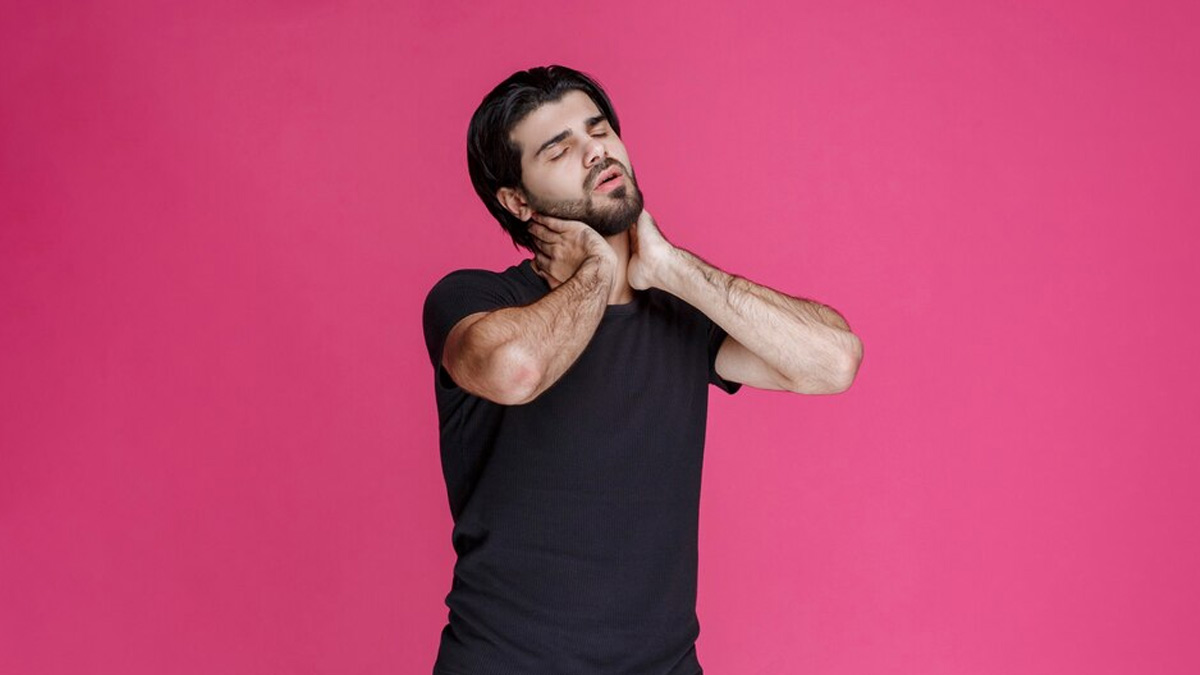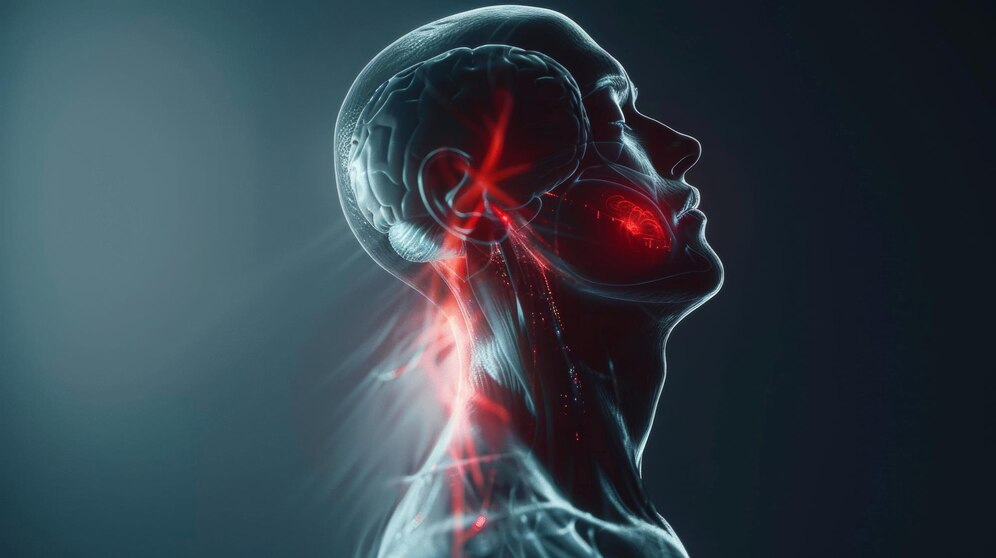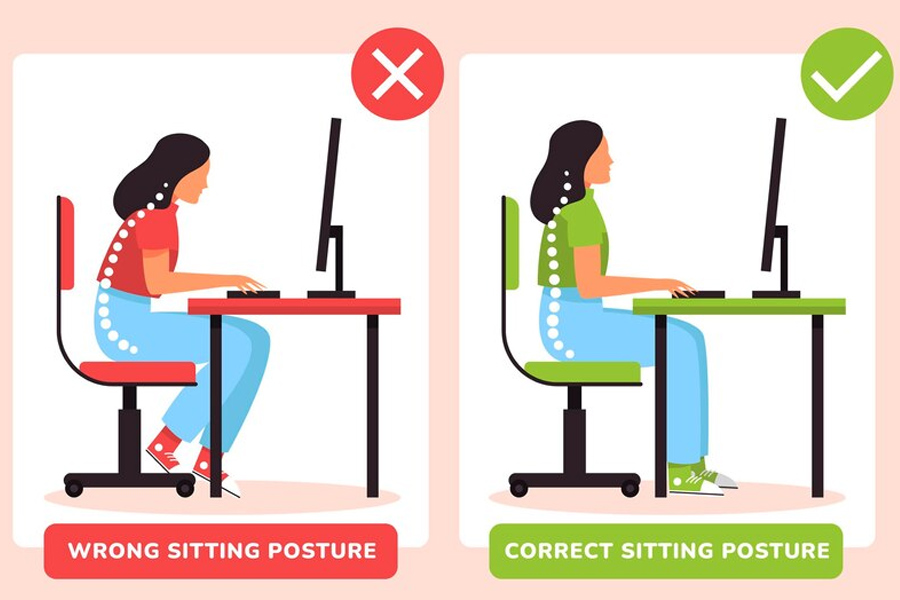
In today's fast-paced world, long working hours and sedentary lifestyles often lead to stiff necks and backs. This stiffness can cause discomfort and muscle pain, tempting many to crack their necks for relief. While this might seem like a quick fix, there's a hidden risk. Did you know that something as simple as cracking your neck could potentially trigger a stroke? Though it may offer momentary relief, the force applied during this action can damage the blood vessels in the neck, leading to severe consequences, including life-threatening strokes. Understanding this risk is crucial before making neck cracking a habit.
Table of Content:-
To understand how mere cracking of the neck can lead to a stroke, OnlyMyHealth team interacted with Dr Atul Prasad, Principal Director & HOD, Neurology, BLK-Max Super Speciality Hospital, Delhi. Dr Prasad said, “Cracking one’s neck can sometimes feel relieving, but it does come with risks. In rare cases, forceful neck cracking can lead to a condition called arterial dissection, where the blood vessel walls in your neck tear.”
He further explained, “This risk arises because excessive force or incorrect movement can damage the vertebral arteries in the neck, which supply blood to the brain.”
Mechanism of Stroke

Vertebral artery dissection (VAD): The vertebral arteries run along one’s spine and neck, and sudden, forceful neck movements can tear the inner lining of these arteries. According to Dr Prasad, “This tear can lead to a blood clot, which may block blood flow to the brain, potentially causing a stroke. If a clot travels to the brain after a vertebral artery dissection, it can lead to an ischemic stroke, which occurs when the blood supply to a part of the brain is blocked.”
Signs of Stroke After Neck Cracking
If a stroke does occur, one may experience:
- Sudden numbness or weakness, especially on one side of the body
- Difficulty speaking or understanding speech
- Dizziness, loss of balance, or coordination issues
- Severe headache or neck pain
- Vision problems

“While the risk of stroke from cracking one’s neck is low, it is best to avoid excessive or forceful neck manipulation,” Dr Prasad advised.
If you feel the need to crack your neck frequently, it might be beneficial to consult with a healthcare provider, as it could signal an underlying issue like muscle tension or misalignment.
Also read: Stroke Detection: Warning Signs On The Face
Alternatives To Relieve Tension
Dr Prasad recommended some safer alternatives to manage neck tension and reduce the need to crack your neck:
1. Stretching Exercises
Gentle stretches can help relieve tension in the neck and improve mobility:
Neck tilts: Slowly tilt your head forward, backward, and to the sides, holding each position for about 10-15 seconds.
Neck rotations: Gently rotate your head in a circular motion, first clockwise and then counterclockwise. This helps improve flexibility and reduce stiffness.
2. Heat or Cold Therapy
Heat therapy: Applying a warm towel or heating pad to your neck can help relax tight muscles and improve blood flow, relieving tension.
Cold therapy: If you experience inflammation or swelling, applying an ice pack for short periods can help reduce pain and inflammation.
3. Massage
Gentle neck massage can reduce muscle tension and improve circulation. You can either self-massage by applying light pressure in circular motions on the tight spots or visit a professional massage therapist.
4. Posture Improvement

Poor posture, especially when sitting or working at a desk, can strain the neck. Here are some tips to improve posture:
Maintain neutral neck alignment: Keep your head balanced directly above your shoulders. Avoid hunching or slouching.
Ergonomic adjustments: Make sure your computer screen is at eye level, and use a chair with proper back support.
Also read: Neck Pain: Stretching Exercises You Can Practise On Desk While Working For Better Posture
5. Strengthening Exercises
Strengthening the muscles around your neck and shoulders can provide support and help prevent tension. Consider incorporating these exercises into your routine:
Chin tucks: While sitting or standing, gently pull your head back, tucking your chin slightly toward your chest. This strengthens the muscles at the back of your neck and improves posture.
Shoulder shrugs: Lift your shoulders toward your ears, hold for a few seconds, and then release. This helps relieve shoulder tension, which can contribute to neck stiffness.
6. Hydration and Diet
Muscles and joints work better when they are hydrated. Drinking plenty of water and eating a balanced diet rich in vitamins and minerals, particularly magnesium and calcium, can support muscle health and reduce tension.
7. Mindfulness and Relaxation Techniques

Stress often contributes to neck tension. Techniques like deep breathing, progressive muscle relaxation, or meditation can help you relax and release tight muscles.
8. Physical Therapy
If chronic neck tension persists, working with a physical therapist can be beneficial. They can design a tailored program of stretches, exercises, and techniques to improve neck mobility and reduce pain.
9. Chiropractic Adjustments
If you feel the need for a more hands-on approach, you might consult a licensed chiropractor. They can perform controlled, gentle adjustments to your spine and neck, addressing any misalignments without the risks associated with forceful neck cracking.
Also watch this video
Read Next
Oropouche Virus Detected In The US: Expert Insights On 'Sloth Fever' and What You Should Know
How we keep this article up to date:
We work with experts and keep a close eye on the latest in health and wellness. Whenever there is a new research or helpful information, we update our articles with accurate and useful advice.
Current Version